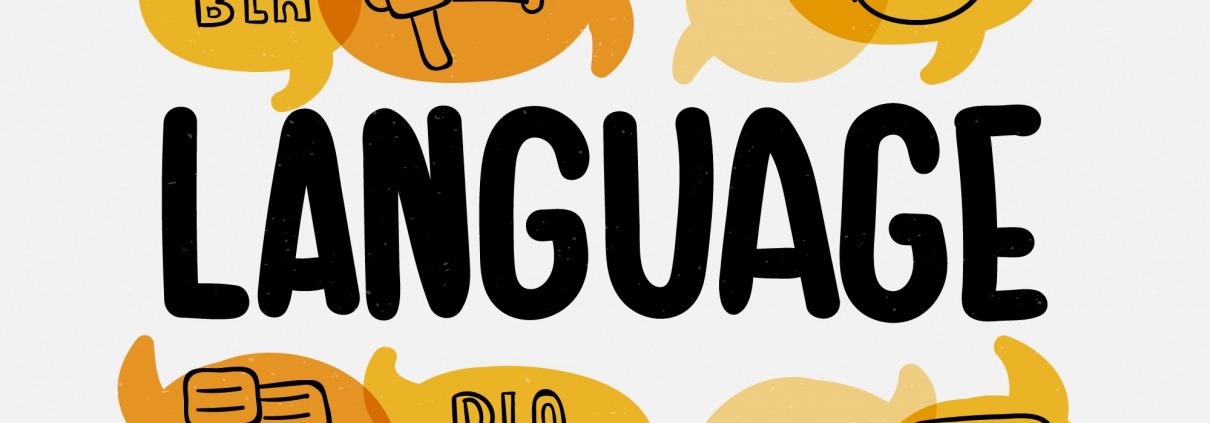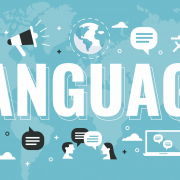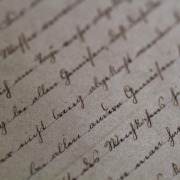The World’s 3 Biggest Writing Systems – A Quick Look
I was listening to a children’s program where they sing the alphabet song in several languages, and I heard one particular language where it sounded very similar to our own for most of it, but was longer and had some different sounds near the end. It was Russian. Seeing the characters makes the Russian alphabet look foreign, but hearing it without seeing it showed just how similar it is. This made me want to dig a little deeper to find out more about the 3 most used alphabets in the world.
1. The Latin alphabet
This is the alphabet that we use in the Americas and most of Western Europe. Some languages also include characters with accent marks, such as (é, î, ü) to adapt it to the sounds used in that particular language. Sometimes the same letter represents different sounds, for example the ‘j’ in ‘jump’ in English is a different sound to the ‘j’ in ‘jalapeño’ in Spanish, or ‘joghurt’ (yogurt) in German.
2. The Cyrillic alphabet
The Cyrillic alphabet is used to write Russian and other languages such as Bulgarian and Ukrainian. Many of the letters are derived from Greek, with some taken from elsewhere to represent sounds not present in Greek. Some letters represent two sounds commonly found together, such as ю /yu/ and я /ya/. In the Latin alphabet, the sounds /sh/ and /ch/ don’t have a letter to represent them, and are therefore written in different ways in different languages; ‘sh’ and ‘ch’ in English, ‘š’ and ‘č’ in Czech, and ‘sz’ and ‘cz’ in Polish. In Cyrillic, these sounds each have their own symbol, ‘ш’ and ‘ч’.
3. The Arabic alphabet
When we see the script-like characters flowing from right to left, it’s easy to assume the text is in Arabic. While Arabic is a widespread language, its alphabet is also used to write other languages, such as Persian, Pashto and Urdu. Some languages, such as Turkish, used Arabic script in the past but have since changed to using Latin script. There are even examples of Spanish written in Arabic script dating up to the 16th century.
At first glance, a language may appear foreign. It may sound foreign when it is heard. However, languages break down into sounds, and many of those are shared across many languages.






















Leave a Reply
Want to join the discussion?Feel free to contribute!